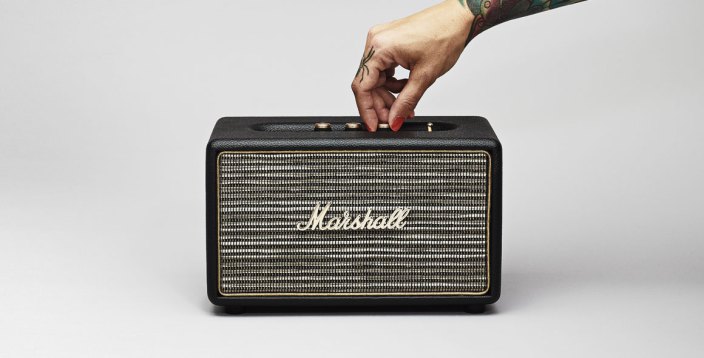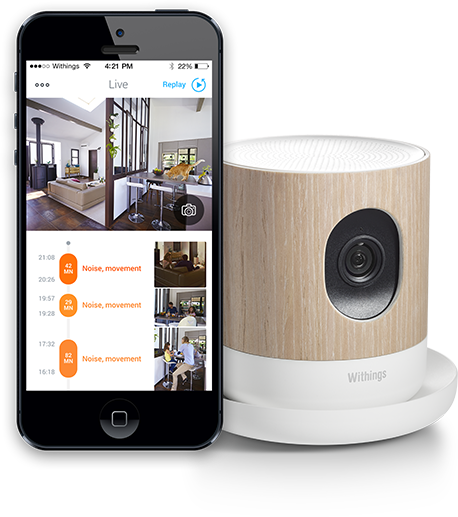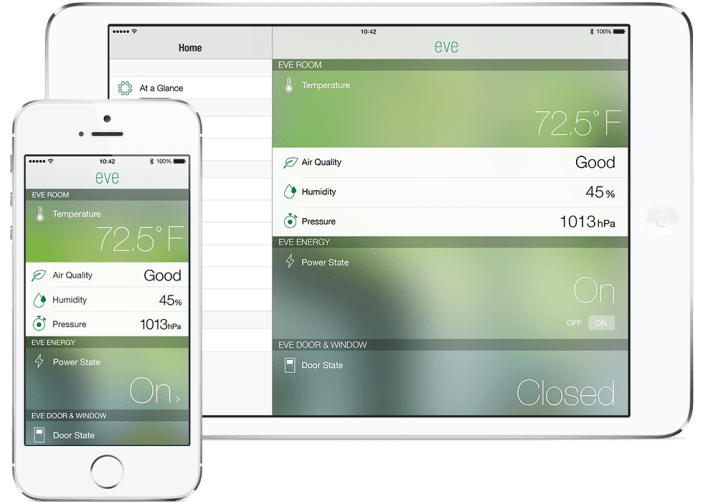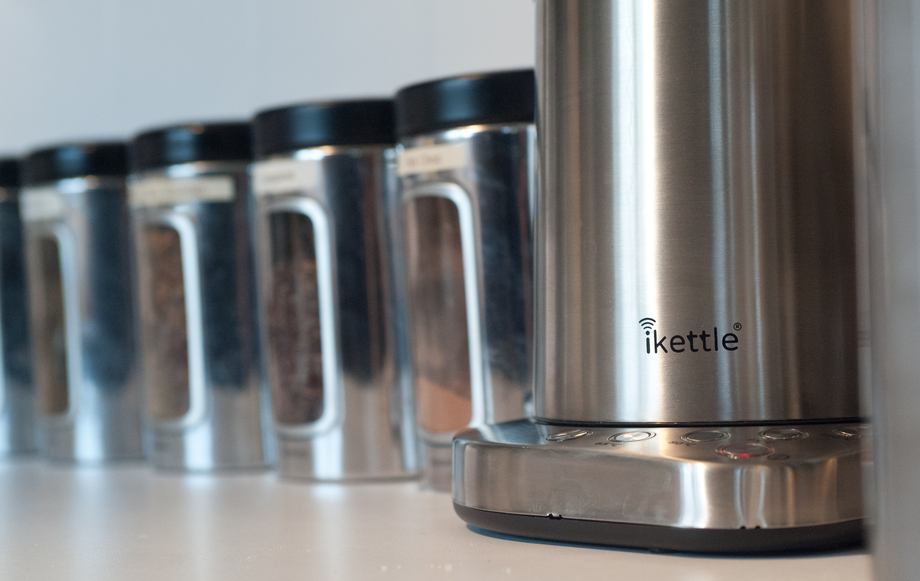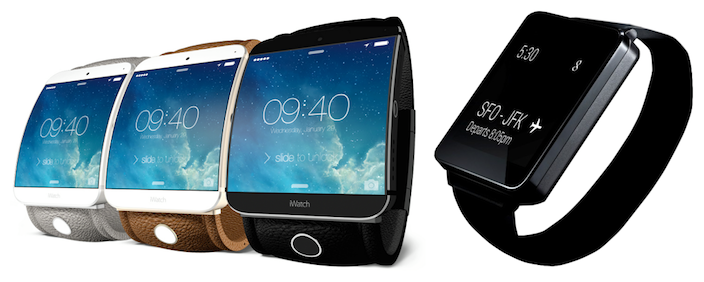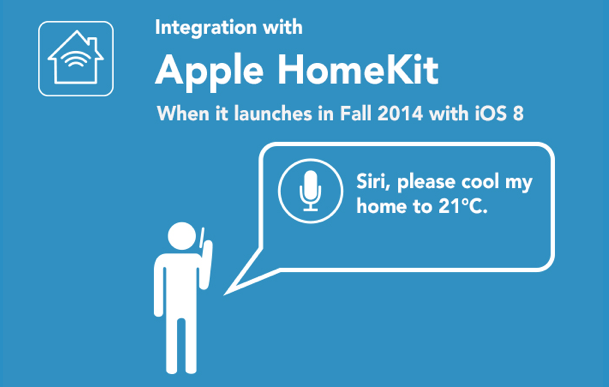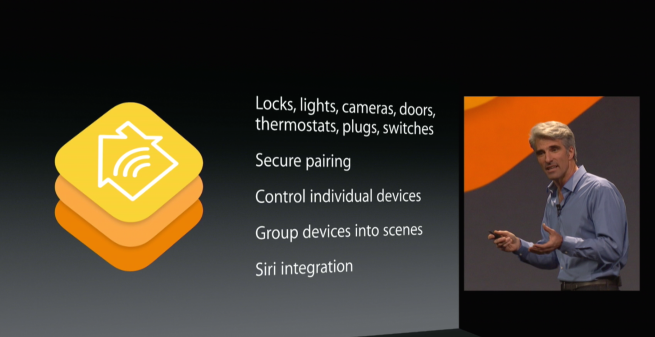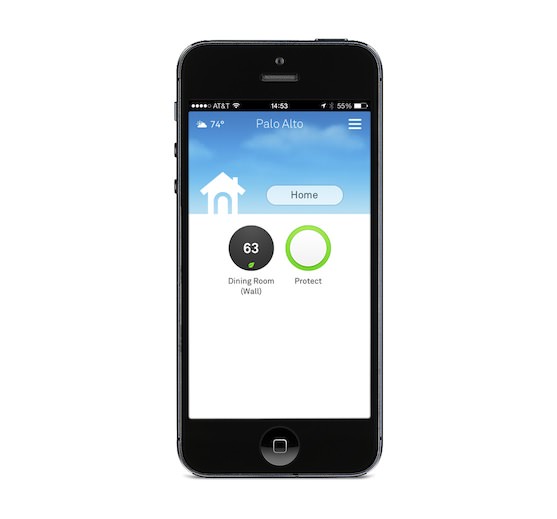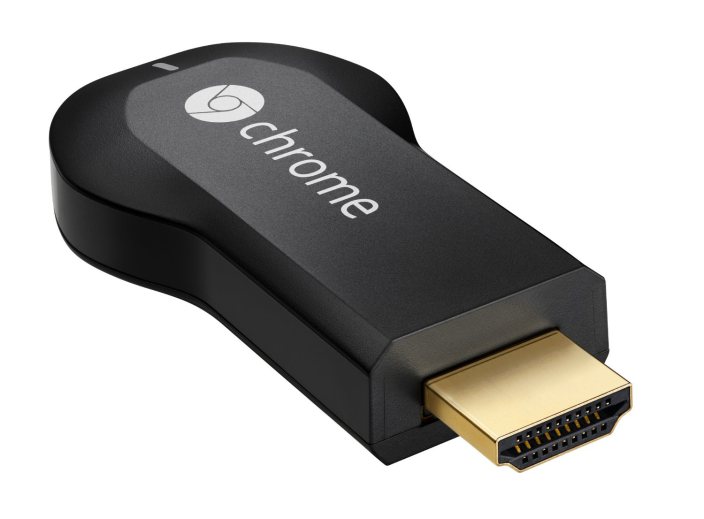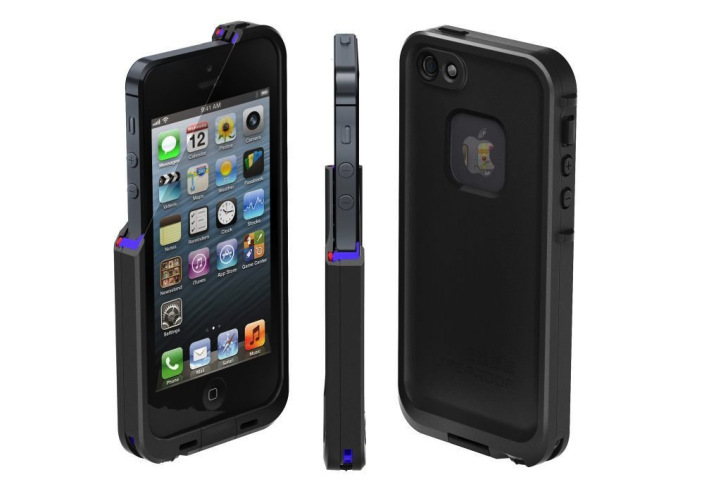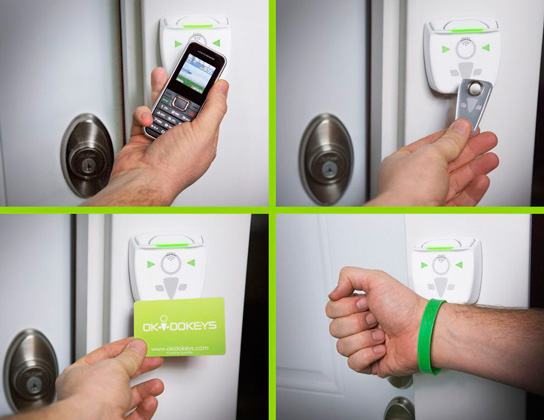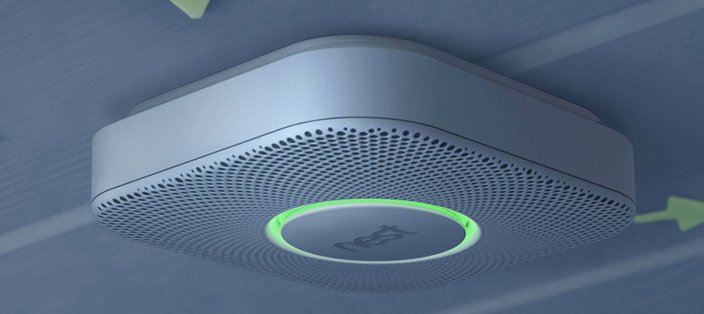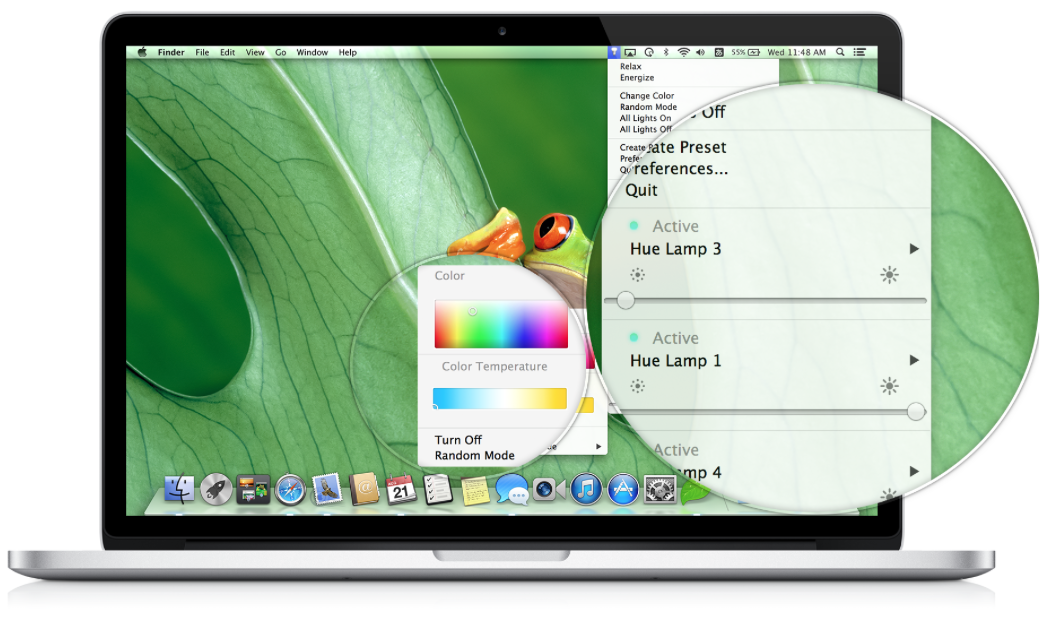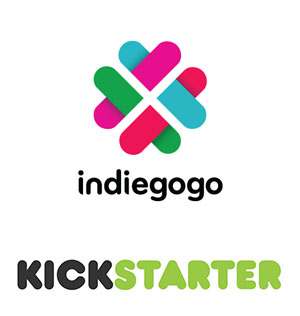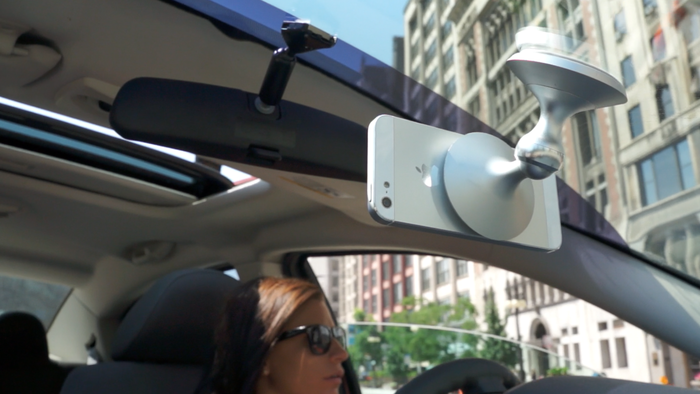
littleBits introduces its own DIY Smart Home Kit, a look at your options for creating an internet-connected home
Home automation possibilities are endless and what our homes will be like in the coming 5, 10 or 15 years is truly unknown. It is a constantly evolving sector of the technology scene that continues to grow each day with every new product announcement. From WeMo to SmartThings, Z-Wave to ZigBee, someone somewhere has something that will satisfy your home automation needs.
The reality is that we are in a time of great change, with internet-connected offerings in nearly every product category, even coffee makers. It’s an industrial revolution happening in your home and with that comes a lot of trial and naturally, error. So how does one choose?
There seems to be two options, one for the basic consumer, which includes your WeMo outlets, Philips Hue, etc. On the flip side you’ve got the open source crowd that wants to tinker and tweak and create their own system, and this is where littleBits comes in. While most of the aforementioned products have structured ecosystems and physical designs, with the ability to communicate via If This Then That (IFTTT) or the like, littleBits has gone to the complete opposite end of the spectrum.
We’ve covered littleBits in the past, with its WiFi-enabled cloudBit that “snaps the internet to anything”, allowing for custom Sonos-esque or Nest-like creations. At first glance its whole line of products feels overwhelming, and would appear to scare off anyone that was not familiar with the goals of littleBits. Today, they’ve expanded that line of Bits with the hopes of fully empowering consumers to create any home automation system that they’d like.
With the $249 Smart Home Kit from littleBits, consumers can get their hands on a 14 module set filled with sensors, LEDs, transmitters and sound triggers. At first glance, it is admittedly a little overwhelming. But once you take the time to dig into the possibilities that littleBits affords users, it is easy to see why its route to home automation can give consumers a massive amount of freedom. Instead of being locked in to an ecosystem, trying to trigger your WeMo when the Nest thermostat says you are home, littleBits is attempting to put all that power in your own hands. With that, comes the need for setup and the required desire to build your own system.
If you don’t know or are not willing to learn how to, then some of those other offerings from WeMo or SmartThings may be better suited for you. If you are into the this level of customization, you’ll want to check out littleBits’ offerings.
The basic setup allows users to specifically configure their system to their own specifications by piecing together individual modules that help trigger different actions. For example, utilizing the USB power module, MP3 player, a speaker and a ‘servo’ you can create a blind-opening-music-playing wakeup system. A number+, USB power, temperature sensor, cloudBit combo will allow you to control your window air conditioner. You get the idea, the possibilities are endless.
littleBits offers the $249 Smart Home Kit for pre-order starting today, with an estimated ship date of early December. Amazon has the entire line of littleBits products, available as full kits or individual pieces.
A good comparison for the littleBits line of products is the recently released Belkin WeMo Maker, which applies many of the same DIY principles to home automation. Although it does not offer some of the customization features, such as an MP3 player or speakers, it does have a more advanced level of hackability within the confines of the WeMo ecosystem.
Ultimately, we end this article where we started it, with consumer choice. Creating a home automation system is both exciting and daunting, and consumers have to make the choice for what is best for them. One positive of the current smart home landscape is the massive amount of choice afforded to consumers. The good news is that this encourages competition, which is good news for anyone considering going this route.
It’s hard to tell when the home automation market will become more focused and universal. Perhaps Apple’s HomeKit will play a role in that development once it is released. But in a world where Google and Samsung are buying interests in this area, a segregated marketplace is likely for the foreseeable future.
Full PR from littleBits:
littleBits LAUNCHES Smart Home Kit
The DIY solution to your own smart home
NEW YORK, New York, November 18, 2014 – littleBits Electronics, the company aiming to democratize hardware, today announced the launch of the littleBits Smart Home Kit, the ultimate kit of parts to turn any home into a smart home. With this unveil, littleBits is extending the power of the recently launched cloudBitTM, which lets you “snap the internet to anything”, making it possible for anyone to DIY their own smart devices.
“Our mission is to put the power of electronics in the hands of everyone, and to break down complex technologies so that anyone can build, prototype, and invent. Democratizing the smart home industry is one more step in delivering on that promise,” said Ayah Bdeir, founder and CEO of littleBits. “The Smart Home Kit is bring their home to the 21st century, on their own terms recreate a popular smart device, retrofit an old appliance, or invent something entirely new that may be the next big thing.”
In 2013, there were a mere 5.5 million connected homes in the United States. In the next two years, that number will increase to more than 31 million with the market poised to become a $71 billion industry by 2018. Today, companies are telling you to throw out all of your “dumb” home appliances and buy their new “smart” versions: from coffee machines and lights to speakers and refrigerators. This approach is expensive, unrealistic, and unnecessary. With the launch of the littleBits Smart Home Kit, an industry that has been the domain of expert installers and required steep financial investments, is now accessible to everyone.
The littleBits Smart Home Kit has already been used to create some popular applications such as smart refrigerators, internet connected speakers and smart lighting system. But more importantly, the Smart Home Kit allows people to build solutions that are completely new and unique such as retrofitted curtains to open at sunrise, remote feeders that respond to quirky pets, and a toilet paper roll that keeps you stocked. The possibilities are infinite.
The Smart Home Kit comes with 14 Bits, including the instrumental cloudBit, and five brand new Bits: MP3 player, Threshold, Number, Temperature Sensor, and IR transmitter. Also included is an infographic poster with 14 projects ideas and 11 accessories – including the brand new AC switch, which connects the littleBits 5V system to AC power (110V). It’s available online starting today for $249 at littleBits.cc/kits/smart-home-kit .
Additionally, this month littleBits rolled out its products to RadioShack stores across the U.S. The retail partnership was first announced in June among select stores and as of now is extended to include 2,000 stores nationwide. Beginning in December, the Smart Home Kit will be available in select RadioShack locations.




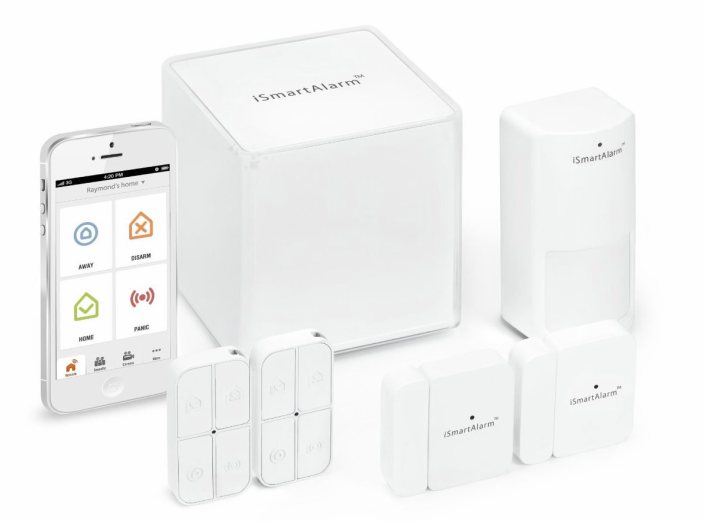 iSmartAlarm smart home system
iSmartAlarm smart home system 

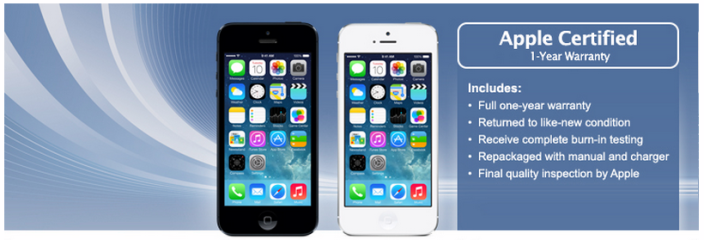
 MacMall has the new Mac Minis (starting at $494) and Retina iMac ($2494)
MacMall has the new Mac Minis (starting at $494) and Retina iMac ($2494) 